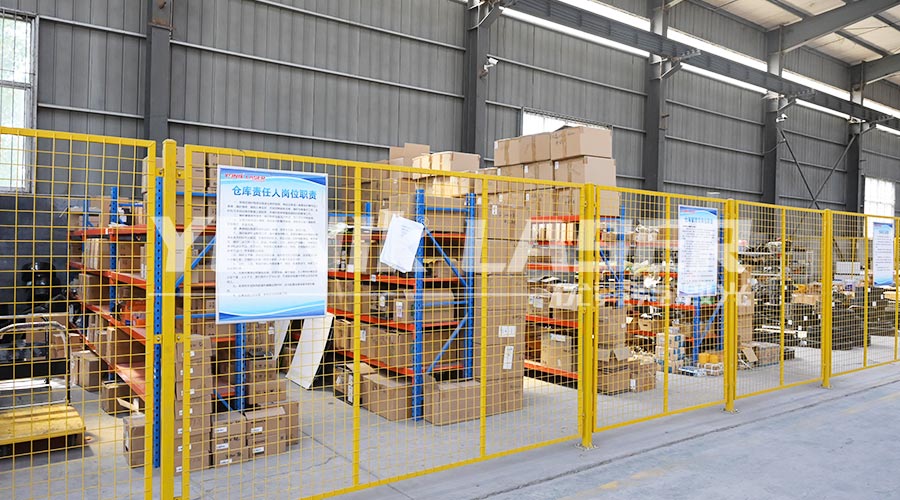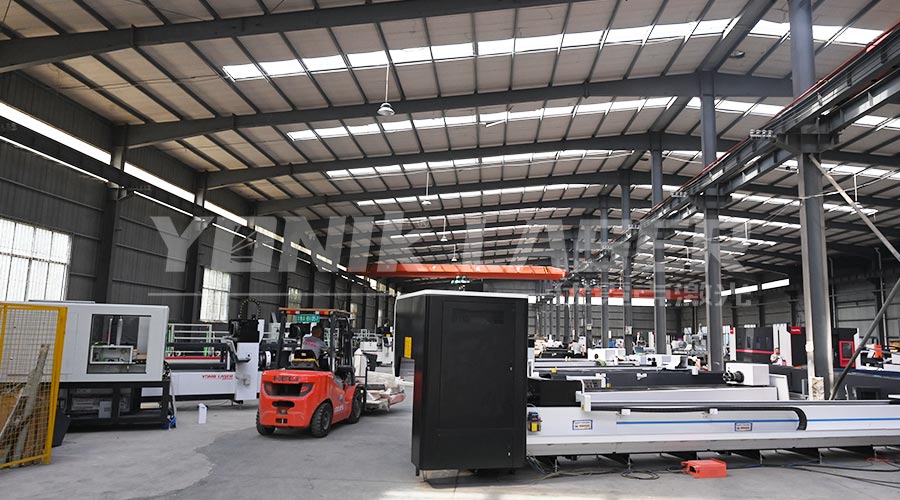The automotive manufacturing industry is undergoing a revolutionary transformation from "steel body" to "multi material hybrid structure". 3D laser cutting machines, with their spatial surface cutting capabilities, have become a key equipment for connecting lightweight and intelligent manufacturing of car bodies. Data shows that using 3D laser cutting technology can increase the cycle time of the white body production line by 40% and reduce mold development costs by 70%. This article will deeply analyze the six core application scenarios of 3D laser cutting technology in automobile manufacturing, and reveal the process upgrade paths of Tesla, BYD and other car companies!

1、 Body in white structural components: a safety revolution with a precision of 0.1mm
In the core area of car collision safety (A-pillar, B-pillar, threshold beam), a 3D laser cutting machine achieves precise processing of 980MPa high-strength steel:
Cutting speed: The nitrogen cutting speed of 8mm thick hot formed steel reaches 4.2m/min, and the cross-sectional roughness Ra is ≤ 12 μ m
Process advantage: Compared to traditional stamping and trimming processes, the material utilization rate has increased from 65% to 92%
Typical case: A German car company cut 132 irregular holes on the collision beam of the car door, with a positioning accuracy of ± 0.05mm
Technological breakthrough:
Equipped with a 6-axis linkage system, achieving ± 135 ° elevation angle cutting
Visual compensation technology automatically corrects panel rebound error (maximum compensation amount 3mm)
2、 Seat frame: Multi material mixed cutting solution
The demand for lightweight new energy vehicles is driving the transformation of seat frames towards aluminum alloy and carbon fiber reinforced plastic (CFRP):
Heterogeneous Material Joining: Cutting Φ 0.8mm Micro Holes on 1.2mm Aluminum Alloy Skeleton for CFRP Riveting
Dynamic focus: automatic focus tracking when cutting 3D surfaces, maintaining Z-axis positioning accuracy of ± 0.03mm
Economic benefits: Save 85% of tool costs and shorten processing cycles by 60% compared to traditional machining solutions
Innovative technology:
Laser power adjustable continuously from 200-6000W, suitable for various material thicknesses ranging from 0.5-6mm
Dual gas path system of nitrogen and compressed air to avoid thermal damage to carbon fiber materials
3、 Airbag components: Micron level precision manufacturing
The Inconel 718 high-temperature alloy precision parts in the airbag deployment device must meet aerospace grade machining standards:
Ultra fine cutting: Processing a Φ 0.1mm air guide hole on a 0.3mm thick alloy sheet with a roundness error of less than 1 μ m
Heat affected zone control: using 30ps ultrafast laser, heat affected zone (HAZ) ≤ 5 μ m
Yield improvement: The scrap rate has decreased from 12% in traditional processes to 0.3%
Key technologies:
The coaxial vision system monitors the molten pool status in real-time and automatically adjusts the duty cycle
Vacuum adsorption fixture eliminates deformation of 0.01mm grade workpieces
4、 Battery tray: the "chassis heart" of new energy vehicles
In response to the three-dimensional cutting requirements of 6000 series aluminum alloy battery trays, the industry has developed a burr free cutting solution:
Airtightness guarantee: When cutting connector installation holes, the roughness Ra of the sealing surface should be ≤ 6.3 μ m
Efficient dust removal: Integrated 3kW dust collection system, aluminum residue<0.1mg/m ²
Explosion proof design: Real time monitoring of oxygen concentration during cutting process, automatic shutdown when exceeding 23%
Process parameters:
8mm aluminum alloy cutting speed 2.4m/min, taper<0.5 °
Adopting circular spot technology, the incision width is stable at 0.15 ± 0.02mm
5、 Exhaust system: High temperature resistant alloy with efficient processing
In the manufacturing of high-temperature components such as automotive exhaust manifolds and catalyst housings, 3D laser cutting demonstrates unique advantages:
High temperature resistant material: 439 ferritic stainless steel with a direct cutting surface temperature of 650 ℃
No secondary processing: no microcracks when cutting niobium containing alloys, fatigue life increased by 3 times
Space obstacle avoidance: Cut a spiral airway on the inner wall of a pipe with a diameter of Φ 80mm, with a tool interference angle of less than 15 °
Core configuration:
Equipped with a specialized cutting head for high-temperature materials, with a temperature resistance rating of 1200 ℃
Special fixture for pipe cutting, supporting automatic centering of Φ 20-300mm pipe fittings
6、 Personalized modification parts: small batch flexible production
3D laser cutting machines are rewriting the rules of the automotive modification industry:
3D scanning modeling: Complete vehicle scanning within 10 minutes and automatically generate cutting paths
Parameterized programming: Input wheel hub size to automatically generate lightweight hollow patterns
Material compatibility: capable of cutting 20 types of specialized materials for modification, including carbon fiber and titanium alloy
Efficiency comparison:
Traditional mold development takes 15 days per model, while laser cutting achieves "same day design next day delivery"
Customized roll cage processing time reduced from 72 hours to 8 hours
Conclusion: From Standardization to Personalized Manufacturing
3D laser cutting technology is reshaping the value chain of automotive manufacturing:
R&D end: Shorten the development cycle of new car models by 6-8 months
Production end: A single production line can mix 7 types of vehicle models, with a switching time of ≤ 15 minutes
After sales end: 60% reduction in repair costs for damaged parts

Related SEO keywords: laser cutting of car body in white, processing of new energy battery trays, precision manufacturing of airbags, 3D surface cutting technology, high-temperature alloy laser processing, production of personalized modified parts, multi material hybrid cutting solutions, automotive lightweight manufacturing technology
2025-07-22
2025-07-21
2025-07-19